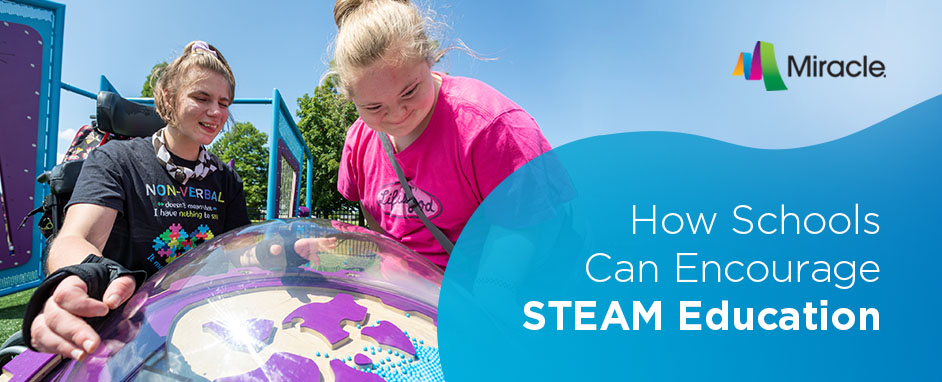Unlocking Creativity: STEAM Education in Museums

Unlocking Creativity: STEAM Education in Museums
Museums have long been revered as repositories of history and art, but their role is evolving beyond preservation. Today, museums are dynamic educational spaces, particularly in the realm of STEAM education, where Science, Technology, Engineering, Arts, and Mathematics converge to inspire creativity and innovation.
A Multifaceted Approach to Learning
STEAM education in museums offers a multifaceted approach to learning. Rather than compartmentalizing subjects, it integrates diverse disciplines, providing a holistic understanding of real-world applications. Museums become immersive classrooms where students engage with interactive exhibits, fostering a love for learning that extends beyond traditional academic boundaries.
Bridging the Gap Between Theory and Practice
One of the key advantages of STEAM education in museums is its ability to bridge the gap between theoretical knowledge and practical application. Students can explore scientific principles through hands-on experiments, witness the applications of engineering concepts, and appreciate the artistic dimensions of technology. This experiential learning fosters a deeper understanding of complex subjects.
Inspiring Creativity Through Artistic Expression
Museums, with their rich collections of art and artifacts, provide a fertile ground for inspiring creativity. STEAM education encourages students to see the connections between seemingly disparate fields. By integrating arts into the STEM framework, museums spark imaginative thinking, encouraging students to approach problem-solving with a creative mindset.
Technology as a Catalyst for Exploration
Incorporating technology into STEAM education amplifies the learning experience. Museums leverage virtual reality, augmented reality, and interactive simulations to transport students beyond the confines of traditional classrooms. These technological tools not only make learning more engaging but also allow students to visualize complex concepts in ways that were previously unimaginable.
Collaborative Learning Environments
STEAM education in museums fosters collaborative learning environments. Students work together to solve problems, design projects, and explore exhibits. This collaborative approach mirrors real-world scenarios where professionals from different disciplines come together to innovate and address complex challenges, preparing students for future careers.
Addressing Diversity in Learning Styles
Every student learns differently, and museums provide a diverse range of learning opportunities. Visual learners benefit from exhibits and artworks, while hands-on activities cater to kinesthetic learners. Interactive displays and multimedia presentations accommodate auditory and visual learners. This diversity in learning styles ensures that STEAM education in museums is accessible and inclusive.
Challenges and Opportunities in Museum-based STEAM Education
While the integration of STEAM education into museums is promising, challenges exist. Access, funding, and the need for ongoing teacher training are hurdles that need attention. However, these challenges also present opportunities for collaboration between educational institutions, museums, and the private sector to create sustainable and impactful STEAM programs.
Community Engagement and Lifelong Learning
Museum-based STEAM education extends beyond the classroom, engaging communities and promoting lifelong learning. Workshops, lectures, and outreach programs connect museums with diverse audiences, fostering a culture of curiosity and continuous learning. This community engagement is vital for creating a society that values and understands the significance of STEAM disciplines.
Looking Ahead: The Future of STEAM Education in Museums
As we look to the future, the role of museums in STEAM education is poised to expand. Advances in technology, increased collaboration, and a growing emphasis on interdisciplinary learning will shape the educational landscape. Museums will continue to be dynamic spaces where creativity is unleashed, and the boundaries between disciplines blur, preparing the next generation for a world that thrives on innovation.
To explore more about the impact of STEAM education in museums, visit essayoutlinewritingideas.com.



